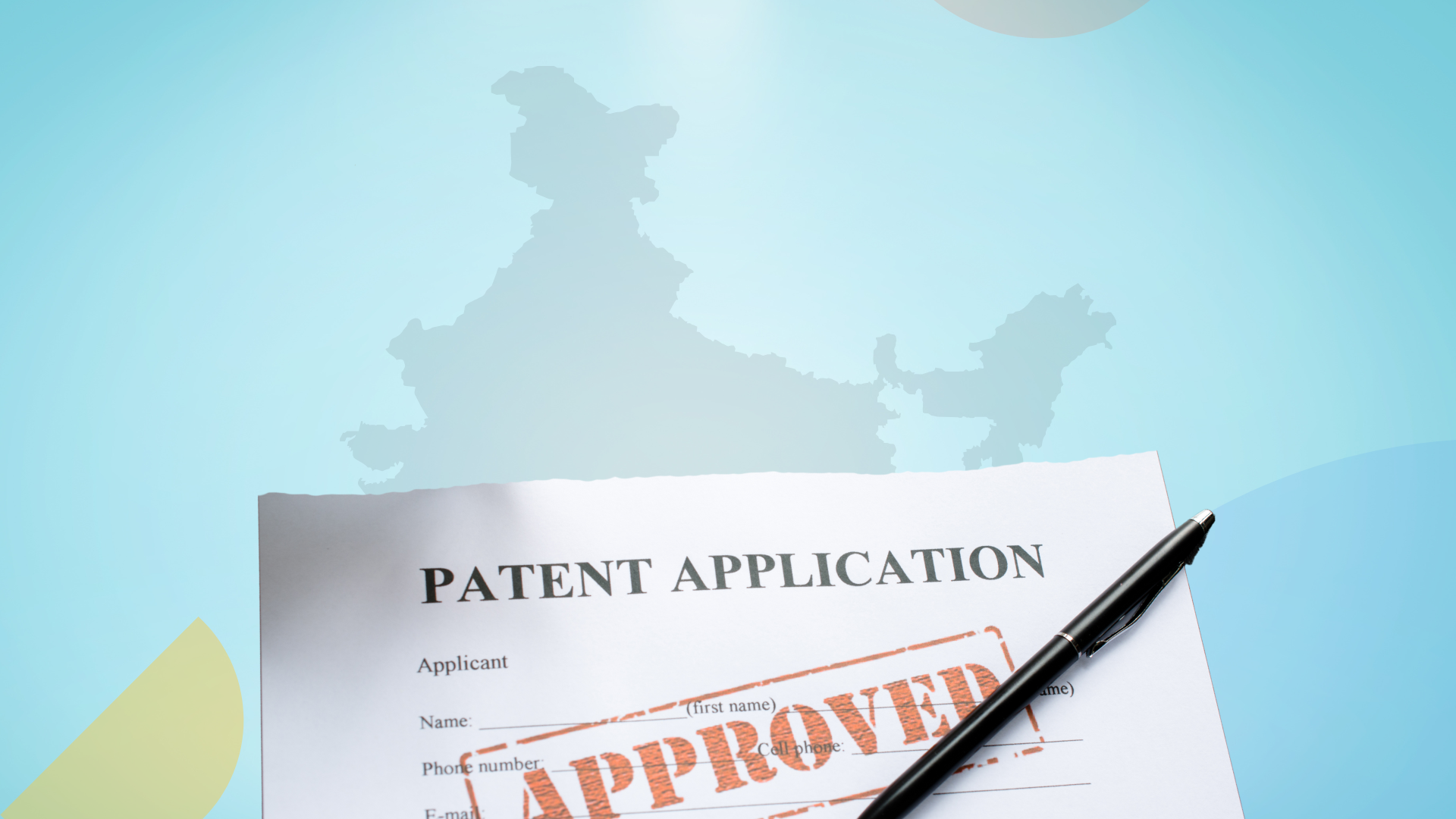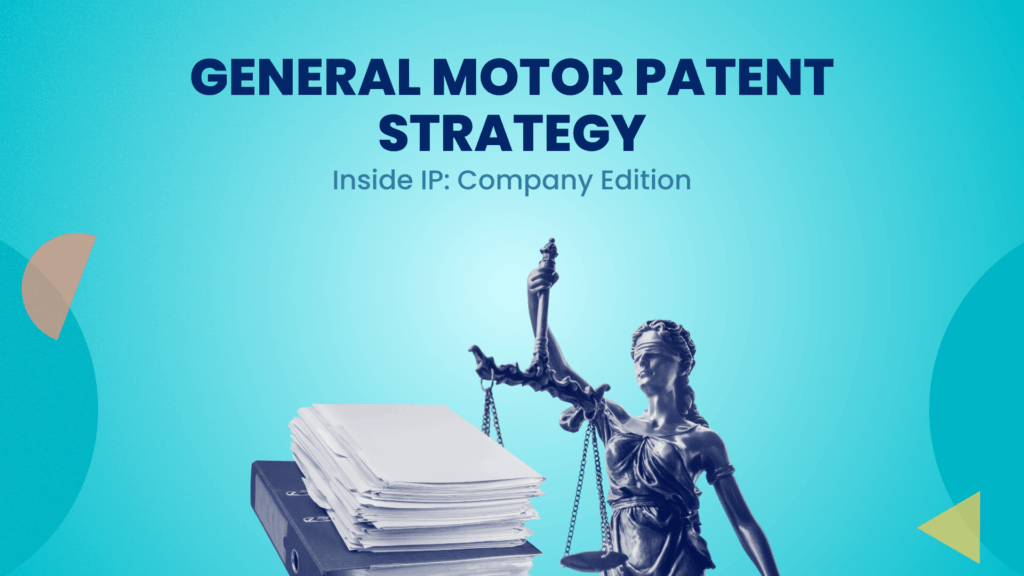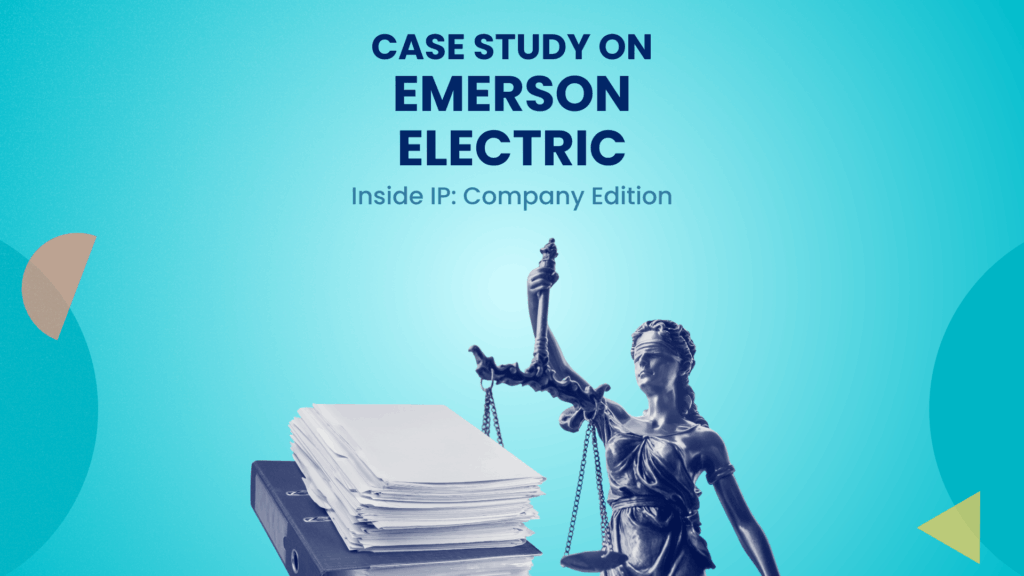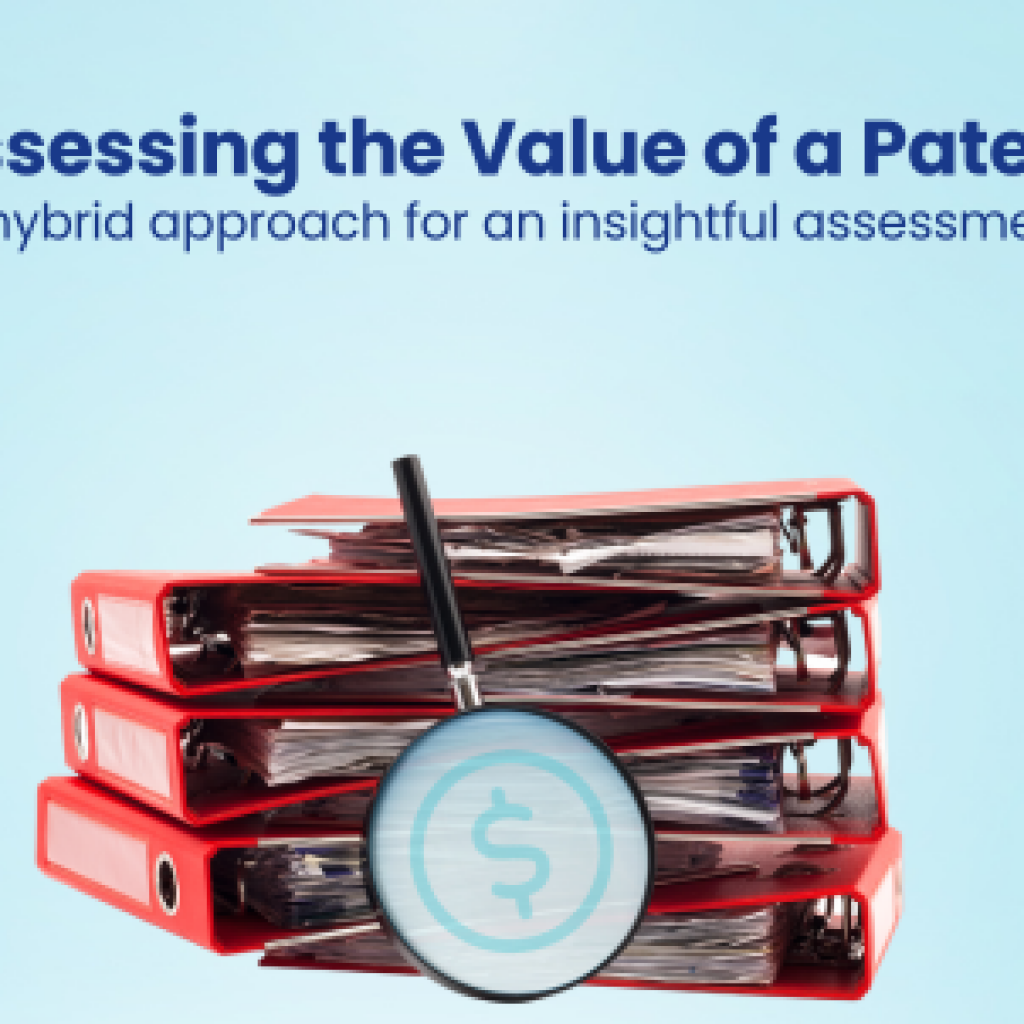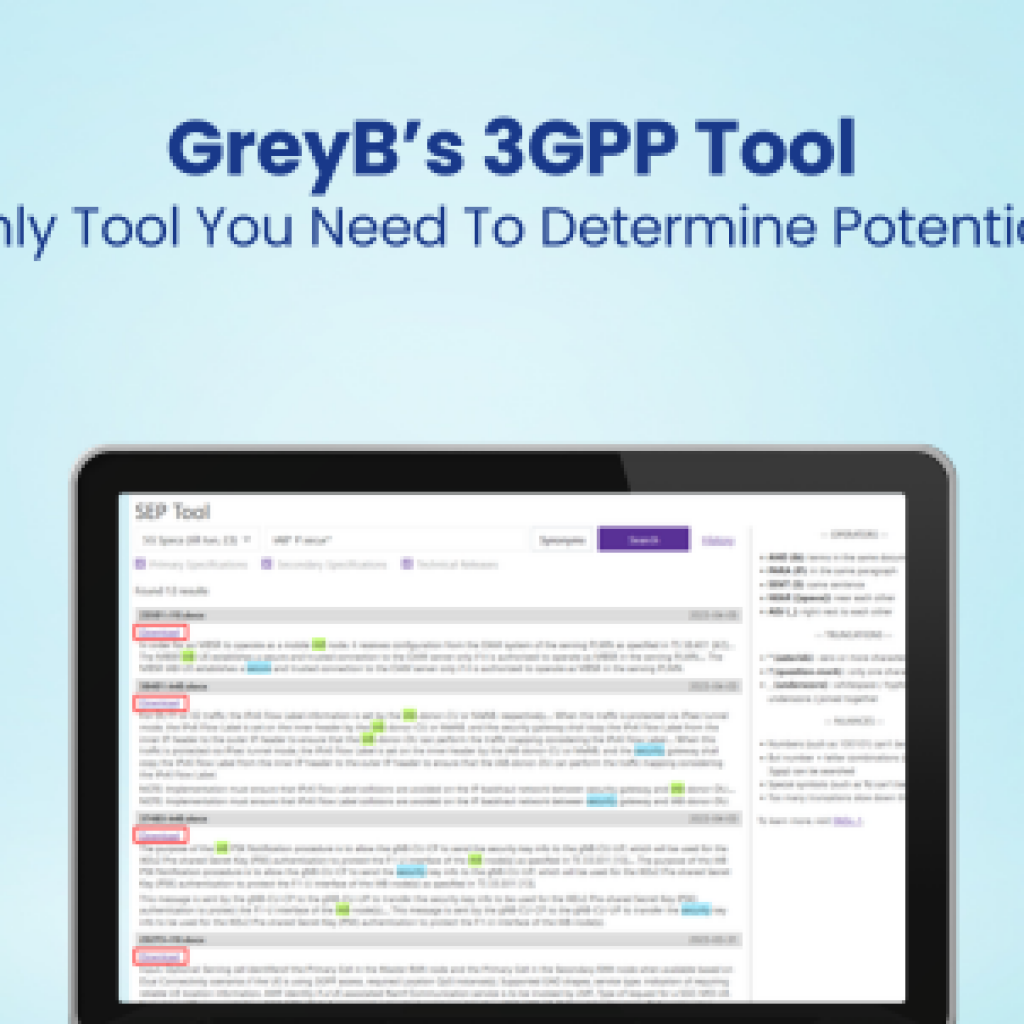This article has been published in collaboration with Devarajan Govindaswamy, a Legal Consultant, IP Attorney, and Registered Indian Patent Agent.
In 2023, the overall patent rejection rate stood at 10%, while pharmaceutical patents faced an even higher rejection rate of 20%, reflecting the stringent criteria for patentability.
Navigating India’s patent system presents significant challenges. Despite a notable increase in patent grants from approximately 30,000 in 2020 to over 100,000 in the past year, the Indian Patent Office maintains a rigorous examination process. Understanding these complexities is crucial for securing patent protection in India.
This guide simplifies each step of the patent filing process (and offers essential tips you must know).
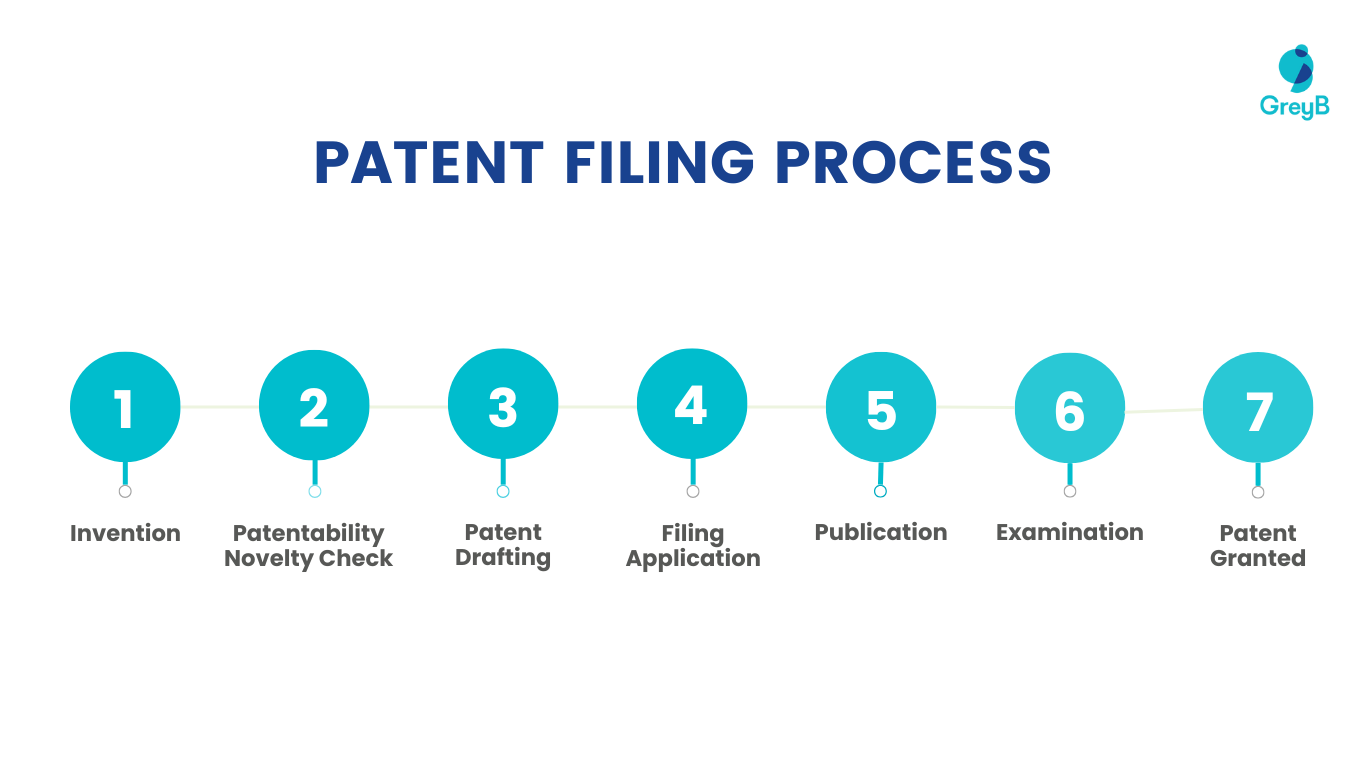
What are the patent filing requirements in India, and how can you avoid rejection?
To successfully obtain a registered patent in India, your invention must meet specific requirements:
1. Novelty:
An invention must be new; it has to be novel to qualify for registration. The patent office rejects applications that aren’t novel because a similar invention already holds a patent or has a published record worldwide.
Tip: Conduct a thorough patent and public source search to confirm your invention’s uniqueness.
2. Obviousness (Lack of Inventive Step):
Even if your invention is novel, it must also be innovative —meaning it shouldn’t be obvious to someone with knowledge of the subject i.e. a common man with knowledge should not find the invention given or apparent. If it appears too similar to existing inventions, the patent examiner might reject it for lacking inventiveness.
Tip: Make sure to highlight your invention’s technical advancement or unique aspects in the application.
3. Patentable Subject Matter:
Under Indian Patent law, particular inventions are simply not patentable. Examples include scientific theories, mathematical methods, business methods, and abstract ideas.
Tip: Check the Indian Patent Act (Sections 3 and 4) to ensure your invention falls under patentable categories.
Examples:
- Blackberry’s Algorithm Patent Rejection: Blackberry applied for a patent on an algorithm that optimized data encryption, but the Indian Patent Office rejected it as an abstract algorithm lacking specific technical contributions. Section 3(k) excludes algorithms from patentability unless they offer a tangible technical effect. Algorithms must provide a technical solution or industrial application to be considered for a patent.
- Yahoo’s Business Method Patent Rejection: Yahoo’s application for a personalized online advertising system was denied as it was classified under non-patentable business methods. Section 3(i) excludes pure business methods, especially if they are abstract or lack technical depth. Business methods related to software or algorithms must include a significant technical component for patent consideration.
- Ericsson’s Software Patent Rejection: The Indian Patent Office rejected Ericsson’s network traffic optimization software patent under Section 3(k) because it lacked hardware interaction or a clear technical impact. Software must interact with or improve a technical system to be patentable in India.
- Amazon’s One-Click Payment System Rejection: Amazon’s one-click payment method was rejected as a business method without technical advancement, falling under Section 3(k). Business models need a direct technical improvement or a tangible system impact to qualify for patent protection.
4. Sufficient Disclosure:
The patent application must clearly describe how to make and use the invention. Lack of detail can lead to rejection, as it must be sufficient for an expert to understand its practical application.
Tip: Provide a comprehensive description, with drawings or diagrams as needed.
5. Formal Compliances
Applications can also be rejected due to procedural errors, such as missing documents, incorrect forms, or unpaid fees.
6. Industrial Applicability:
An invention must have practical or industrial applications to qualify. If not, it risks rejection on grounds of non-applicability.
Tip: Clearly define the real-world application of your invention.
Key Points to Avoid Rejection:
- Conduct a detailed patent search to ensure novelty.
- Ensure that the invention includes an inventive step beyond existing knowledge.
- Make sure your invention is patentable under Indian law and not prohibitable under Section 3 of the Indian Patent Act.
- Provide a detailed description to avoid insufficient disclosure.
- Follow all procedural steps meticulously, including document submission and fee payment.
- Highlight the industrial applicability of your invention.
Conduct a patent search to check If your invention isn’t already patented
Before filing a patent, confirm your invention is truly unique. This is done through a patent search, which involves checking if any similar ideas or inventions have already been patented. Conducting a thorough search helps avoid costly mistakes and rejections later.
A proactive patent search becomes your guiding light.
- Ensures Your Invention Is Unique: Your application could be rejected if someone else has already patented something similar. A patent search helps verify that your idea is novel.
- Helps You Understand the Competition: Searching for existing patents can reveal who else is working on similar inventions and what their patents cover.
- Saves Time and Money: Filing a patent costs money and takes time. A search reduces the chances of rejection, saving you from the expense of an unsuccessful application.
Tips for conducting a thorough patent search:
1. Identify Keywords and Concepts:
- Start by identifying the key elements from the abstract of your invention. What makes it unique? These elements will form the basis of your search.
- Break your invention down into keywords. Think of synonyms or alternate terms that describe your idea. For example, a mobile phone can also be termed “a handheld screen device.”
2. Use Free Online Databases:
- Indian Patent Database (InPASS): This online system allows you to search through Indian patents. Use the identified keywords to see if similar inventions exist.
- Google Patents: Google provides a free patent search tool that covers patents worldwide. It’s an excellent place to start if you want a broader search.
- Espacenet: This tool, offered by the European Patent Office, allows you to search for patents from multiple countries.
Read: How to do a Patent Search Yourself? – A practical guide by GreyB
3. Analyze the Results:
Carefully review the claims in each patent that appear on your search, as these define the scope of protection. Even if your idea seems new, similar claims could block your application. This step will also help you refine your claims to cover a broader range of applications.
4. Consult a Professional (Optional):
Patent searches can get complicated. Hiring a professional patent search firm or consulting a patent agent can provide expert insights. They can perform a more detailed search using advanced tools and databases, ensuring no relevant patents or claims are missed.
5. Keep a Record:
Document the patents you’ve reviewed and note why your invention differs. This will be useful when preparing your application or responding to any questions from the patent office.
DIY or Professional Search firm?
- Do it Yourself (DIY): If your invention is relatively straightforward and you are well-versed in the technology, you can start searching using free tools like InPASS or Google Patents.
- Professional Help: For more complex inventions, or if you’re unsure, it’s wise to invest in a professional patent search. They have access to more specialized databases and experience in interpreting patent documents.
Ensuring a successful patent filing has several stages, from the initial search to the patent grant. Each step requires careful consideration and attention to detail to protect your intellectual property. Below is an in-depth look at each phase of the patent filing.
How to File a Patent in India?
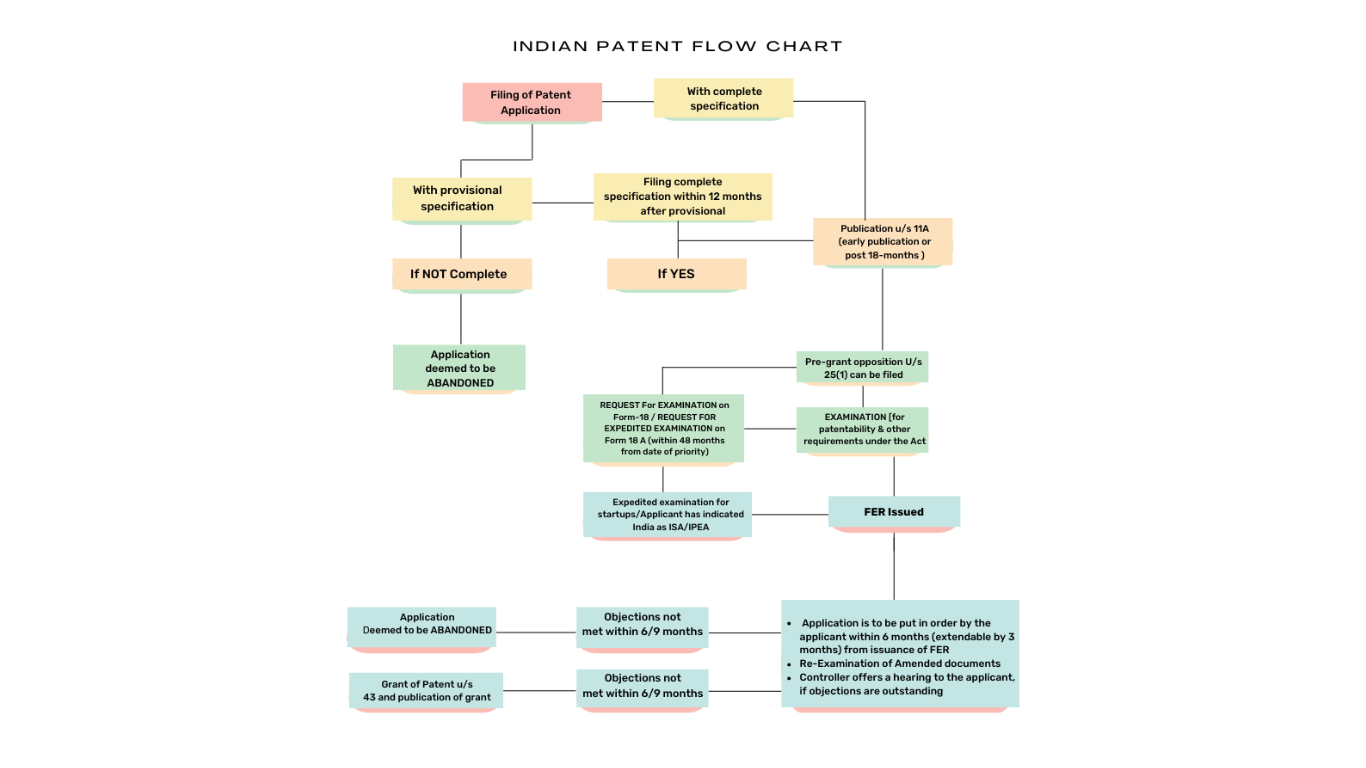
1. Drafting the Application
There are two ways you can get your patent drafted.
1. Provisional
2. Complete specification.
Difference Between Provisional and Complete Specification:
| Specification Type | Description | When to Use | Benefits | Key Differences |
| Provisional Specification | A simpler initial filing that establishes your patent’s filing date. | Use when your invention is not fully developed or needs more time to refine it. | – Secures your filing date early. | – No claims required |
| – Gives you 12 months to improve or finalize your invention. | – Not examined by the patent office | |||
| – Less detailed and easier to prepare. | – Must file a complete spec within 12 months | |||
| Complete Specification | A detailed and comprehensive description of your invention. | Use when your invention is fully developed and ready for examination. | – Required for the patent examination process. | – Claims required |
| – Provides a thorough description to help in securing the patent. | – Undergoes full examination | |||
| – Ensures that all aspects of your invention are clearly documented. | – Must follow after provisional filing or can be filed directly |
Provisional Specification
Imagine you are a developer working on a new smartphone app designed for personalized fitness coaching. At this stage, you have a concept and a basic prototype, but you haven’t finalized all features, such as the specific algorithms for tracking user progress or integration with wearables.
You can file a provisional specification to secure your early filing date and protect your idea. This allows you to claim the invention without disclosing all the details. You have 12 months to refine the invention, finalize its features, and then file a complete specification. During this period, you can explore funding opportunities, partnerships, and user testing to enhance your invention further.
Complete Specification
Now, let’s consider an inventor who has developed a new engine type that significantly improves vehicle fuel efficiency. The inventor has conducted thorough testing, documented all features and functions, and is ready to protect this innovative technology.
In this case, the inventor should file a complete specification. This detailed application includes all technical information, diagrams, and claims necessary to support the patent examination process. By providing comprehensive data, the inventor increases the likelihood of obtaining a patent grant, which will help protect their intellectual property as they move forward with the production and marketing of the new engine.
2. Filing the Application
Filing your patent application with the Indian Patent Office (IPO) establishes the priority date. This is a critical factor in securing your invention’s novelty.
Provisional or complete specification- Which one should you opt for?
- Provisional Specification: This is best for projects still in development, like a fitness app. It allows you to secure an early filing date and refine features later.
- Complete Specification: Ideal for fully developed inventions, like a new engine, ensuring all technical details are documented for patent examination and grant. Filing with a complete specification lets the application progress directly to the publication stage.
After you submit the application, your patent enters “application mode.” In this period, your invention isn’t protected by the IPO, so you cannot enforce the patent. The patent office will either grant or reject the patent as per the examiner’s satisfaction with the examination of the invention. The patent process and grant waiting period can vary in length, depending on the application’s complexity and the patent office backlog.
Online vs. Offline Filing:
- Online Filing:
- Benefits: Faster submission, easier tracking, and cost-effectiveness.
- Features: User-friendly interface with form submission, document upload, and fee payment options available from any location.
- Offline Filing:
- Considerations: Slower and may require multiple visits to the IPO office.
- Challenges: Requires complete physical submission, making tracking more complex, and involves additional postage and handling costs.
Indian Patent Office Locations
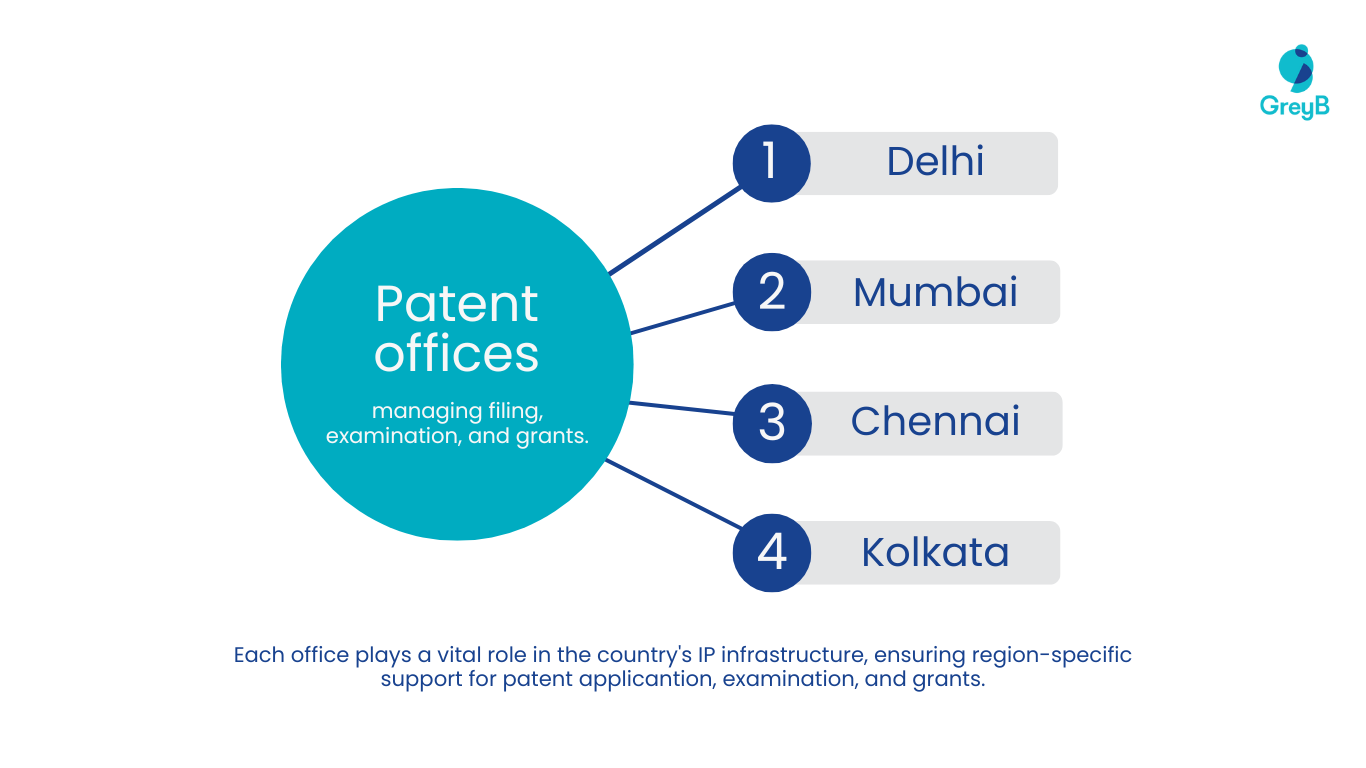
The Indian Patent Office operates through four key regional branches, each responsible for specific states and regions within India. These branches manage the filing, examination, and granting of patents.
- Delhi: Covers the northern region, handling patent applications from states like Haryana, Punjab, Uttar Pradesh, and Rajasthan.
- Mumbai: Responsible for the western region, including Maharashtra, Gujarat, Madhya Pradesh, and Goa.
- Chennai: This department handles applications from the southern region, serving states like Tamil Nadu, Karnataka, Kerala, and Andhra Pradesh.
- Kolkata: Oversees the eastern region, managing patents from West Bengal, Bihar, Odisha, and the northeastern states.
In which patent office should you apply for the patent?
Applicants can file at any regional office, regardless of geographic location. This means a person from the northern region of India can file a patent in any regional office, including those in the western or southern areas. This flexibility means that an inventor from Delhi (northern region) can file a patent application in Mumbai (western region) or Chennai (southern region) if they prefer.
Flexibility in Filing
The IPO does not restrict applicants from filing in the office that corresponds to their home state. This allows inventors to choose a regional office based on their convenience or strategic reasons, like faster processing times.
Centralized Examination
Regardless of where you file the application, a centralized examination process ensures it is reviewed by an examiner with the right expertise.
To provide further insights, here’s a comparison of the regional patent offices based on patents granted, average time for grant, and success rate in 2023:
| Patent Office | Patents Granted (2023) | Avg. Time for Grant (months) | Success Rate (%) |
| Delhi | 12,500 | 24 | 78% |
| Mumbai | 8,900 | 28 | 70% |
| Chennai | 10,300 | 22 | 75% |
| Kolkata | 7,500 | 26 | 72% |
This data shows how different offices perform regarding speed and success rates. For instance, Chennai has a slightly faster average time for granting patents (22 months), while Delhi has a higher success rate of 78%.
3. Publication
All patent applications are automatically published 18 months after the priority date unless withdrawn earlier. Applicants can request early publication by filing Form 9, accelerating the process.
Why should you request an early publication?
Opting for early publication of your patent application can offer several benefits. The regular timeline for publishing a patent application is 18 months from the filing date. However, if you wish to fast-track the process, you can request early publication (Form 9). Here’s why you might want to consider this:
- Speed Up the Process: Early publication allows the patent application to be published within one month from the date of the request. This advances the timeline for the patent examination.
- Earlier Protection Against Infringement: Once the IPO publishes your application, it becomes publicly known, allowing you to claim damages for infringement starting from the publication date.
Additional Costs for Early Publication
Filing for early publication comes with additional costs. Here’s an overview:
- For Individuals and Startups: A reduced fee of INR 2,500 (as of the current fee schedule) applies to startups, individual inventors, and small entities.
- For Large Entities: The fee for large companies and other entities is INR 10,000.
Who Benefits from Early Publication?
Specific categories of applicants may find early publication particularly advantageous, as they can benefit from faster processing times:
- Startups and Entrepreneurs: Under the Indian Patent Rules, startups can request early publication and expedite examination under a special scheme. This enables them to protect their innovations quickly, helping them gain an edge in the market.
- Government-Supported Segments: The Indian government offers reduced fees and faster patent processing timelines for specific segments, such as startups and other small entities, helping them accelerate their patenting process.
4. Examination
After publication, your patent application undergoes a formal examination to ensure it meets all patentability criteria. You must file Form 18 to initiate the examination process. Without this request, the application will not move beyond the publication stage.
The request must be submitted within 48 months from the filing/priority date.
The Expedited Examination (Form 18A) option is available for faster review. This allows certain applicants, such as startups, to receive examination results more quickly.
5. First Examination Report (FER)
After examination, the patent office issues an FER outlining any objections related to:
- Lack of novelty, inventive step, or industrial applicability.
- Procedural deficiencies, such as missing documents or unclear claims.
Responding to FER:
- Applicants have 6 months (extendable by 3 months) to respond to objections.
- Responses may include clarifications, amendments, or additional supporting documents.
- Tip: Address all objections comprehensively and seek professional assistance if needed. Incomplete or delayed responses may result in the application being deemed abandoned.
6. Pre-Grant Opposition Under Section 25(1)
After publication and before the patent is granted, third parties can challenge the application on various grounds, including lack of novelty, insufficient disclosure, or non-compliance with patent laws.
Tip: Conduct a robust patent search before filing to ensure the novelty of your invention. Clearly highlight its unique aspects in the application to minimize opposition risks.
7. Grant of Patent
Once all objections are resolved, the patent is granted under Section 43, and its details are published. It’s valid for 20 years from the filing date, provided you pay annual renewal fees.
Post-Grant Obligations:
- Renew your patent annually by paying a renewal fee, as discussed in the next section.
- File a Statement of Commercial Working (Form 27) to show how your invention is used commercially in India.
The cost of filing and maintaining a patent in India
The cost of filing and maintaining a patent varies depending on the applicant type. Below is a summary of fees for different stages in the Indian patent filing process:
| Fee Category | Individuals/Startups | Small Entities | Other than Small Entities |
| Filing Fee (Form 1) | ₹1,600 (e-filing) / ₹1,750 (physical) | ₹4,000 (e-filing) / ₹4,400 (physical) | ₹8,000 (e-filing) / ₹8,800 (physical) |
| Request for Early Publication (Form 9) | ₹2,500 | ₹6,250 | ₹12,500 |
| Request for Examination (Form 18) | ₹4,000 | ₹10,000 | ₹20,000 |
| Expedited Examination (Form 18A) | ₹8,000 | ₹25,000 | ₹60,000 |
| Response to First Examination Report | No fee | No fee | No fee |
| Request for Opposition (Post-grant) | ₹2,400 | ₹6,000 | ₹12,000 |
| Annual Renewal Fees (From 3rd Year Onwards) | ₹800 – ₹20,000 (varies by year and applicant) | ₹2,000 – ₹50,000 (varies by year and entity) | ₹4,000 – ₹1,00,000 (varies by year and entity) |
Term-wise maintenance fee breakdown of a patent in India for startups, SMEs, and other companies
After the IPO grants a patent, the patentee must pay annual renewal or maintenance fees to keep it in force. The fees start from the third year after filing and continue throughout the patient’s 20-year term. The fee amount depends on the applicant type and the number of years since the filing date.
Here’s a clear table of the maintenance fees for a patent in India:
| Year of Payment | Individuals/Startups | Small Entities | Other than Small Entities |
| 3rd to 6th Year | ₹800 per year | ₹2,000 per year | ₹4,000 per year |
| 7th to 10th Year | ₹2,400 per year | ₹6,000 per year | ₹12,000 per year |
| 11th to 15th Year | ₹4,800 per year | ₹12,000 per year | ₹24,000 per year |
| 16th to 20th Year | ₹8,000 per year | ₹20,000 per year | ₹40,000 per year |
Key Points About Maintenance Fees:
- When to Pay: The maintenance fee is due annually starting from the 3rd year, based on the filing date of the patent application.
- Grace Period: If a patentee fails to pay the maintenance fee on time, they have a grace period of 6 months to make the payment and an additional surcharge.
- How to Pay:
- You can make the payment online via the Indian Patent Office website.
- You can also make the payment physically at any regional Indian Patent Office.
- Consequences of Non-Payment: Failure to pay the renewal fees results in the patent’s lapsing, meaning the patentee loses its rights.
Key Forms in the Indian Patent Filing Process
Here is a breakdown of the key forms involved to simplify your patent filing process:
| Form Number | Form Name and Purpose |
| Form 1 | Application for Grant of Patent: Includes details of the applicant, inventor, and type of application. |
| Form 2 | Provisional/Complete Specification: Details the invention in provisional or complete form. |
| Form 3 | Statement and Undertaking Under Section 8: Declaration of foreign patent applications for the same invention. |
| Form 4 | Request for Extension of Time: Allows extension for tasks like fee payments or filing responses. |
| Form 5 | Declaration as to Inventorship: Confirms the inventor(s) and their role in the invention. |
| Form 9 | Request for Publication: Speeds up the publication process before the standard 18 months. |
| Form 18 | Request for Examination: Initiates the examination of the patent application. |
| Form 18A | Expedited Examination: Requests fast-tracking of the patent examination process. |
| Form 27 | Statement of Commercial Working: Required to declare if the patent has been worked commercially in India. |
Here’s the link to all the forms required for the patent filing
Do you need a patent lawyer to file a patent in India?
Hiring a patent attorney to file a patent in India is not mandatory, but experts highly recommend it for several reasons:
| Steps | Without Patent Lawyer | With Patent Lawyer |
| 1. Invention Disclosure | Inventor drafts the specification and claims independently. | The attorney helps draft clear and legally sound specifications and claims. |
| 2. Patent Application Drafting | The inventor drafts the application, often struggling with legal and technical terms. | The attorney uses legal and technical expertise to draft a precise application. |
| 3. Filing the Application | The inventor files the application through the Indian Patent Office. | The attorney manages all filing procedures and ensures compliance with regulations. |
| 4. Responding to Examination Reports | The inventor responds to any objections and clarifications raised by the Patent Office as per their research and knowledge. | The attorney prepares responses using the proper legal and technical knowledge to address issues. |
| 5. Handling Oppositions | Inventor deals with opposition and legal challenges independently. | The attorney efficiently handles oppositions and legal challenges. |
| 6. Application Monitoring | The inventor personally tracks deadlines and status updates. | The attorney monitors application status and deadlines and manages further requirements. |
| 7. Risk of Rejection or Errors | Higher risk of rejection due to errors in drafting or incomplete legal compliance. | Lower risk of rejection, as the attorney ensures all legal requirements are met. |
| 8. Time and Effort | Time-consuming and involves learning the legal aspects of patents. | Saves time, as the attorney handles all legal formalities and documentation. |
| 9. Costs | Lower upfront costs (only official fees) but higher risk of errors and rejections. | Higher costs due to attorney fees but significantly increases the chances of success. |
Hiring a patent lawyer reduces errors and enhances the chances of a successful patent application, though it may increase upfront costs.
Conclusion
Patenting your invention in India may seem challenging, but with the right approach, it’s a rewarding process that secures your innovation’s future. A thorough patent search, a well-drafted application, and staying organized throughout the process are key to success. By staying informed and seeking expert guidance when necessary, you can navigate the process effectively and protect the value of your innovation.
Authored by: Rajesh Kumar, Patent Analytics

